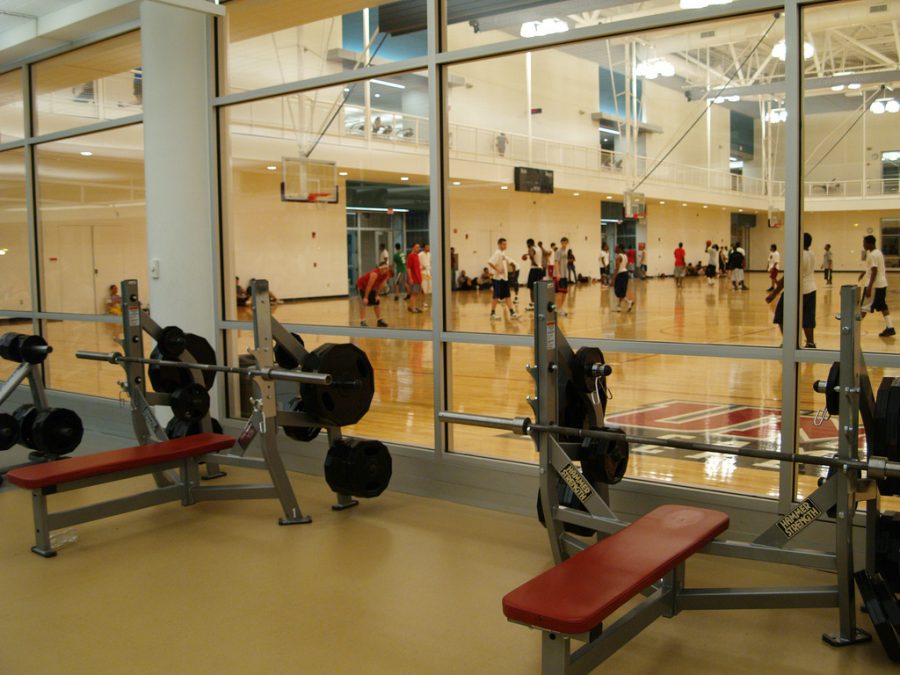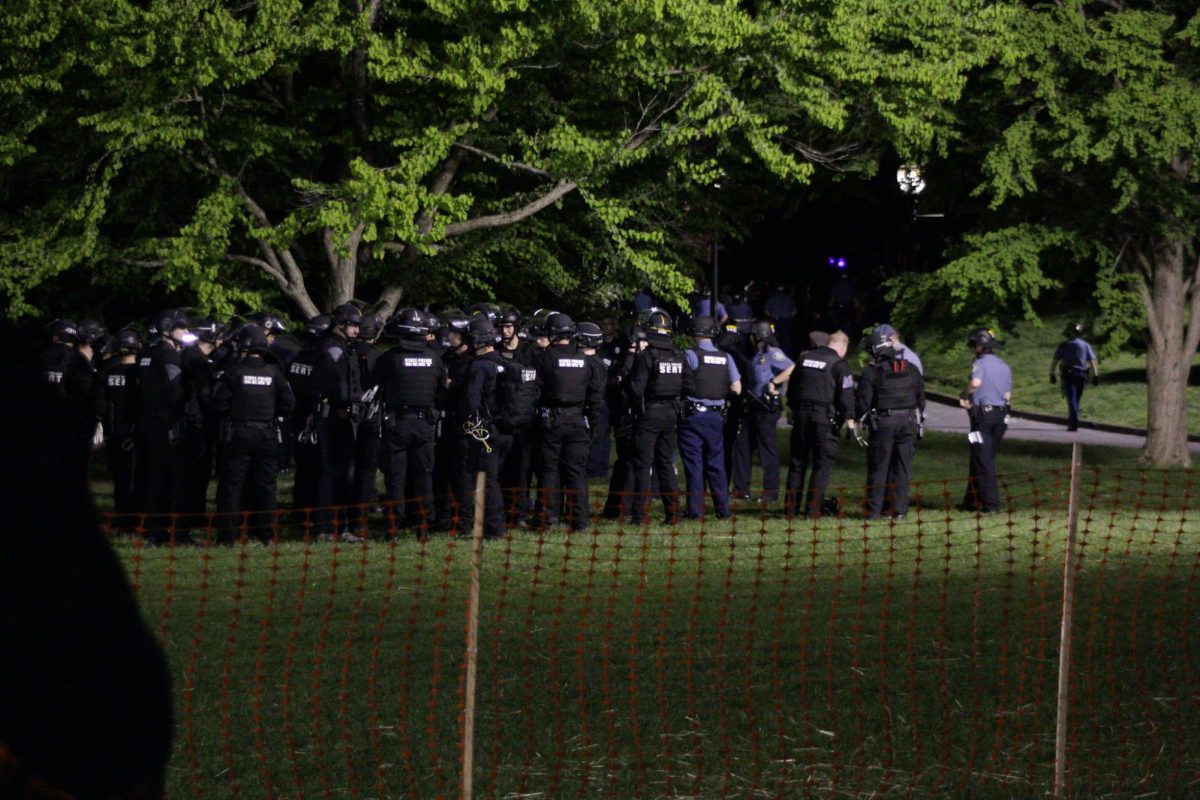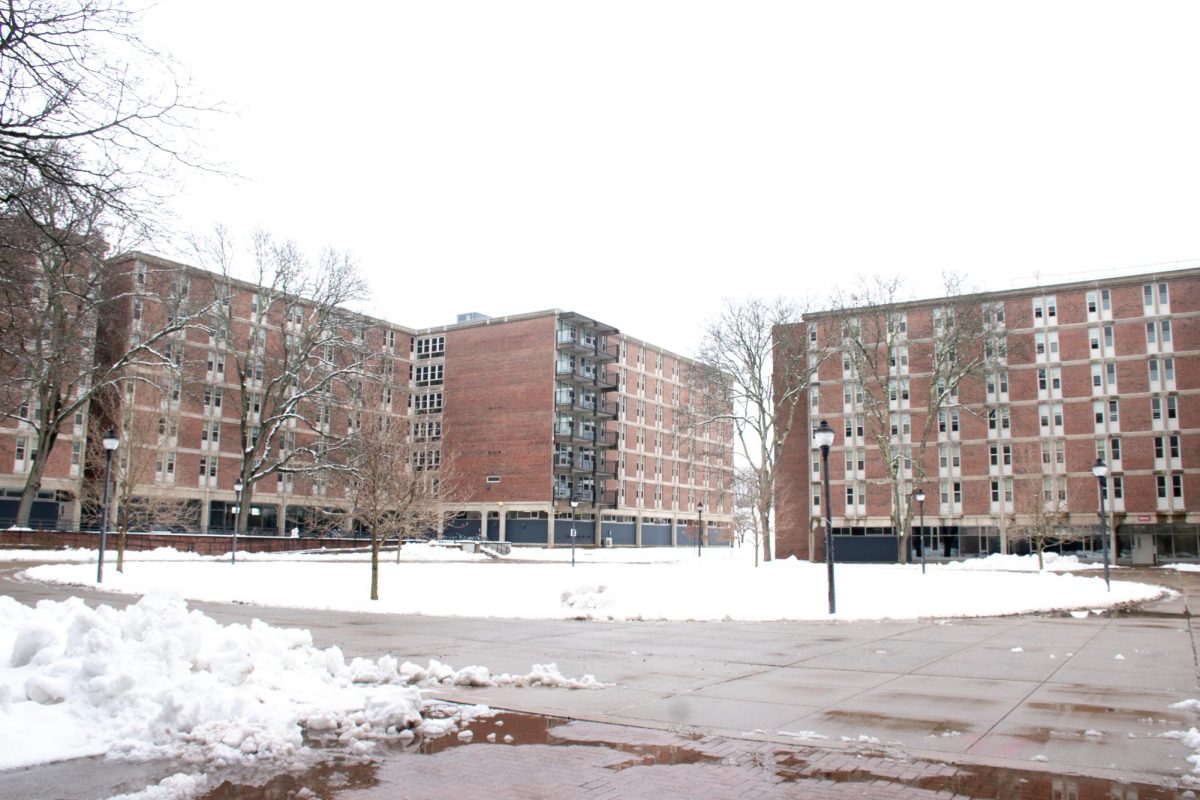The University of Massachusetts has nearly 22,000 undergraduate students and exactly three squat racks at the Recreation Center. Unless you’re an athlete with access to the more exclusive training facilities, that’s what you’re stuck with.
The current Recreation Center facilities are by no means bad, but they aren’t as equipped to handle the student body as they could be. In the year 2018, UMass both graduated and admitted some of the largest classes it’s ever seen. The rising enrollment issue has become so prevalent among first-years that many residential building lounges have been converted to dorm rooms in order to accommodate the increased class size. If this trend continues, we can expect that within the next few years, UMass will have significantly more students than it did half a decade ago.
This will put a strain on course registration, housing and dining. However, these future issues will be mitigated by the oversight of course departments, residential life and dining services. Campus recreation, meanwhile, stands out as one that will struggle unless the University preemptively starts preparing for the increased population.
As it stands currently, the Recreation Center can get packed. I’ve written before how this can create unsafe conditions: if even a single lifting platform is broken, people will be forced to triple up on the remaining ones, which is a major safety hazard. If only for the sake of avoiding an expensive lawsuit, the University should see it worthwhile to fix this problem.
In a more general sense, a packed Recreation Center can be downright intimidating to those who are trying to get into fitness. Several of my friends have declined invitations to go to there because they felt intimidated by the number of people present and felt there would not be enough space for them to feel comfortable. Of course, any individual person can overcome these limitations by finding a time when it’s less crowded or coming with a partner so it’s less intimidating. However, the problem changes when we consider the aggregate behavior of an increased student population. A smaller proportion of the undergraduate student body would use the facilities, and the Recreation Center would become more crowded and inefficient for the ones who do.
For example, there have been times when I’ve gone to the Recreation Center and waited at least half an hour for an opening in the equipment I want to use. I’m a night owl who usually only goes after 10 p.m., so I can only imagine how bad the problem must be during the busiest hours from 5 to 7 p.m. My friends who want to be more active and healthier see the crowded facilities as a deterrent; I have noticed myself abridging workouts due to time constraints when waiting for equipment, too. Even aside from the free weight areas, the group fitness classes fill up quickly and cardio machines can become unavailable when it’s packed. These are problems that are only going to become worse over time.
Now, it’s true there are other options. Off-campus centers like Planet Fitness or Crossfit provide some popular alternatives to the school’s facility. But these alternatives costs extra money, and anyone who uses them is essentially paying their Recreation Center fee for no reason. To mitigate the problems with crowding, Worcester Dining Commons is undergoing renovations that will also include a new fitness center. While this is a start to fixing the issue, project manager Burt Ewart has described the center as “small,” indicating it likely would not be able to successfully handle the increased student population in the coming years. At least, not on its own.
What should be done? There are a few options. One is to take the existing Recreation Center and renovate it so there is more space and equipment. Another is to build new, smaller facilities around campus to offset some of the overcrowding, while also making fitness more geographically accessible to students in different residential areas. Otherwise, we could do nothing until the problem gets out of hand and causes UMass’ reputation to suffer. It’s clear this last option is the least desirable.
Perhaps I’m just salty about waiting so long for the squat racks, but any action at all would be a step in the right direction. UMass wants to attract students to its campus, and preemptively fixing the overcrowding in the Recreation Center would be just one part of a comprehensive campus plan. While it may initially seem insignificant, health and fitness are as integral to student life as dining, medical services and residential life. Each of these areas will need to prepare for the coming influx of students, but a strategic plan for the Recreation Center could do more than just prevent future issues—it could be a selling point for the University.
Edridge D’Souza is a Collegian columnist and can be reached at [email protected].




















Out of pocket • Apr 2, 2019 at 1:12 am
You know the students paid for that gym themselves out of pocket, maybe the SGA could do so again? Step up and take care of it yourselves like the students did before.
amy • Mar 28, 2019 at 8:16 pm
Was my comment censored? I noticed that most of my comments critical of umass or the administration are not published… Little suspicious…
amy • Mar 27, 2019 at 1:06 am
dinning commons*
amy • Mar 27, 2019 at 1:06 am
Umass is ran by idiots, they turned umass into a little third-world zoo. You have basically the same campus with a few more morew buildings with a -huge- increase in students, that is going to equal overtaxing of resources. you see it at the gym, parking lots, when walking, on the bus, at dining meals.
It’s another way that we are ripped off, umass sees it’s students as a cash crop or $$$$. Unlike other colleges say harvard, amherst college, mount holyoke, smith, even hampshire, there is lots of space, empty areas at the gym, the bus system is normal, they don’t try to insanely increase their number of students, etc. College is supposed to be about us, our wants/needs and least of all because we pay umass tens o thousands of dollars for that privilege.
So umass needs to fix its gym pronto and start listening to the students.